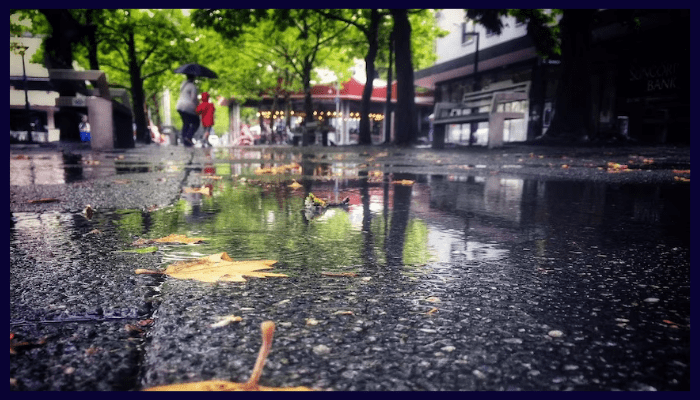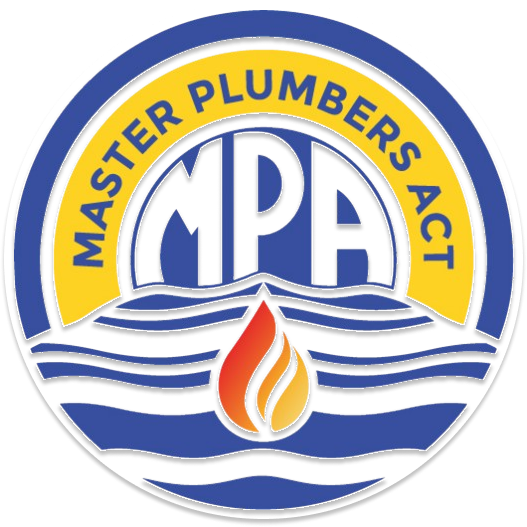Best Gutters and Downpipes for Canberra Homes
How to Choose the Right Gutters and Downpipes for Canberra Homes Based on Climate and Roof Type
Table of Contents:
Picking the right
gutters and downpipes for Canberra homes based on climate and roof type isn’t just about looks.
Get it wrong and you're looking at water damage and structural problems that'll cost you big time. Canberra cops heavy rainfall, freezing winters, and bushfire risk, so those cheap gutters from Bunnings or a dodgy DIY job won't cut it.
A good roof drainage system moves rainwater away. It protects your home's foundation and keeps it looking nice.
Understanding Climate and Drainage Demands
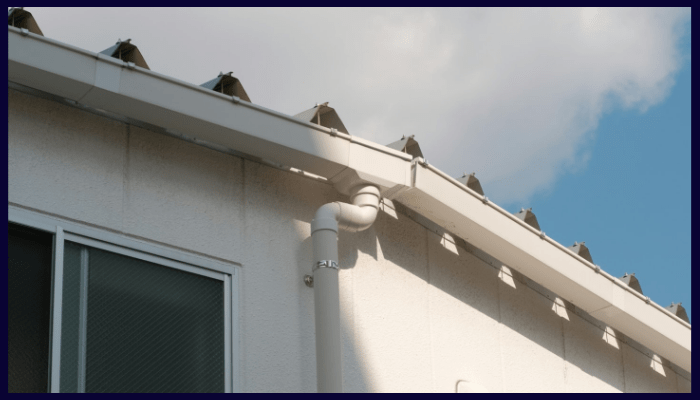
Heavy Rainfall and Hydraulic Load
Canberra gets smashed with sudden, intense storms that'll test any gutter system. Your gutters and downpipes need to handle heavy rain in short bursts.
The National Construction Code states that systems must handle up to 138 mm/hr for regular 20-year rainfall events. They should also manage 194 mm/hr during rare 100-year storms.
What's that mean for you? You’ll need larger gutters and downpipes. Space them no more than 12 meters apart.
This will help with drainage and prevent overflow when it rains heavily.
Temperature Extremes and Thermal Stress
Canberra's temperatures vary from freezing to over 35°C. These shifts cause metal gutters and downpipes to expand and contract.
This can lead to cracking, detachment, or corrosion. You need expansion joints and the right fasteners to manage movement.
This keeps your system running well. It’s especially important for long gutter runs or steel parts that are always in the sun.
Frost and Winter Blockages
In the cold months, water can freeze inside gutters or downpipes and block everything up. Ice dams happen when meltwater refreezes at the eaves, pushing water back under your roof.
Installing micro mesh gutter guards keeps debris from building up. When it's freezing, heating cables help keep important drainage points clear.
Bushfire Prone Areas and Material Safety
Heaps of Canberra suburbs sit near bushland, so you need to follow
Bushfire Attack Level requirements. Gutter guards, downpipes, and eaves gutters in these areas must use non-combustible materials.
Good options include aluminum or stainless steel. Forget plastic or PVC products because they'll melt from embers during bushfires.
Selecting the Best Gutter and Downpipe Materials

Colorbond and Zincalume Steel
Colorbond and
Zincalume are what most Canberra homes go with, and for good reason. They're corrosion resistant, tough as nails, and you can get them in various colours to match your place.
Colorbond's pre-painted surface stays vibrant for years in the sun. Zincalume offers strong durability at a budget-friendly price.
Both handle the ACT's wild weather and meet bushfire standards. Matching Colorbond downpipes is important for looks, but it also prevents galvanic corrosion.
This protects your gutter system from damage.
Aluminium Systems
Aluminium gutters and downpipes are lightweight, won't rust, and suit contemporary designs perfectly.
Thing is, they expand more than steel when temps change, so you need decent brackets and extra expansion joints.
They dent pretty easily too, so save them for homes without overhanging trees or in spots that don't cop much debris.
PVC and Copper
PVC downpipes are cheap and easy to install but forget them if you're in a bushfire zone.
Copper gutters and downpipes cost a packet but they look brilliant and last forever.
Perfect for historic homes or fancy architectural builds where you want that classic look and don't mind paying for it.
Matching Profiles and Roof Types
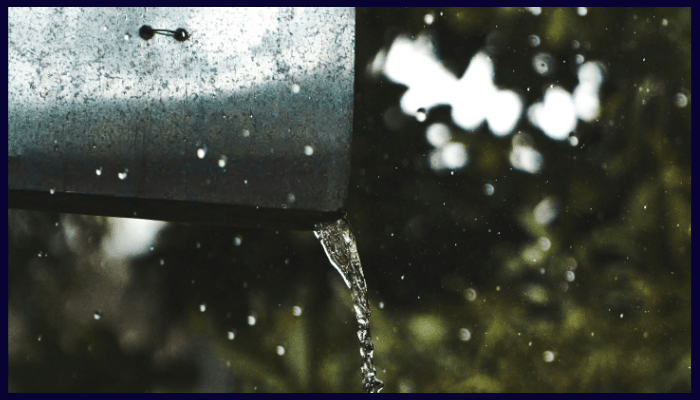
Common Gutter Profiles in Canberra Homes
1. Quad Gutters
Best for tiled roofs and heavy rainfall, massive capacity and clean fascia line.
2. Half Round Gutters
Super efficient with self cleaning properties that stop debris buildup.
3.Fascia gutters
Give metal roof homes that modern look, sitting right on the fascia board.
4. Box gutters
Used for flat or hidden gutters, but professional installation is required. Rainheads and overflows must be included to meet NCC rules.
Choosing Compatible Downpipes
Downpipes come round or rectangular. Round downpipes (usually 90 mm) allow better water flow and clog less.
Rectangular ones (typically 100 × 75 mm) sit flush against walls, giving a cleaner, modern look.
Getting the sizing right helps channel rainwater away from your home's foundation.
This prevents overflow and stops puddles from forming around walls or gardens.
Roof pitch and structure
Your roof pitch changes how fast water hits the gutters. Steeper roofs send water flying, so you need larger gutters and properly lined up downpipes.
Flat or low-pitched roofs often use hidden box gutters. These gutters need sumps and rainheads to manage stormwater drainage effectively.
Enhancing Performance and Durability
Managing Overflow and Hydraulic Flow
When Canberra cops those extreme heavy rain events, overflow control becomes crucial.
Your system needs controlled back gaps or front bead set downs so water escapes safely instead of backing up into the eaves.
For box gutter systems, chuck in rainheads or sumps at downpipe entry points to regulate water flow and stop blockages.
Debris Protection and Maintenance
Leaf litter from gum trees and pine needles can quickly clog your gutters and downpipes. This is especially true in Canberra's leafy suburbs.
Installing fine stainless steel or aluminum micro mesh gutter guards prevents clogs. They also maintain steady water flow. But even with guards, regular cleaning is essential.
Fine silt and dust still collects above or beneath the mesh, reducing capacity over time.
Professional Installation and Maintenance Best Practices
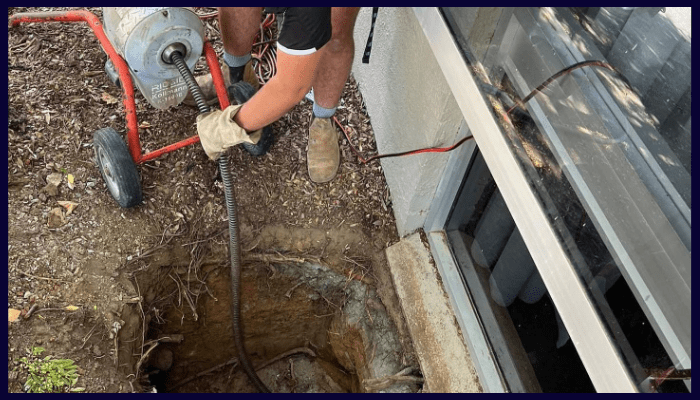
Gutters and downpipes need to work together as one drainage system. A pro installer ensures the fall is correct (at least 1 in 500).
They also align downpipes and space everything to meet NCC standards. Using compatible fasteners stops galvanic corrosion between different gutter materials.
Regular maintenance is key. Do it before winter and after big storms. This keeps your system running well. It also prevents costly water damage to your roof and foundation.
Don't try DIY gutter replacement or dodgy fixes. Get the sizing or slope wrong and you'll have serious overflow problems or your gutter materials will pack it in early.
Internal Resources to Explore
- Failure rate of DIY vs professional
blocked drain repairs in Canberra.
- Statistics on stormwater drainage system blockages in Canberra.
- Avoid blocked gutters and drains during heavy rain.
- National local building codes Gutter and Downpipe Provisions.
Conclusion
Are you a Canberra homeowner? Picking the right gutters and downpipes means investing in protection, performance, and compliance.
Steel systems like Colorbond, when paired with well-spaced downpipes, offer strong protection. They stand up to heavy rain, temperature shifts, and bushfire risks.
Get them designed and installed right, and your roof drainage will run smoothly for decades.
Protect your Canberra home from water damage with the right gutter and downpipes.
Book a consultation with
J & J Plumbing Services today.
Frequently Asked Questions
What Are the Best Gutters and Downpipes for Canberra's Climate?
Colorbond or Zincalume steel systems work best in Canberra. They handle heavy rainfall, resist corrosion, and meet bushfire standards. Aluminium's good too if you install it with proper expansion control.
How Many Downpipes Does My House Need?
You'll typically need one downpipe for every 12 metres of gutter length, according to local building codes. But if you've got a big roof area or steep pitch, you might need extra downpipes for proper drainage.
Should I Install Round or Rectangular Downpipes?
Round downpipes generally give you better water flow and they're easier to clean out. Rectangular ones look more streamlined and suit modern architecture. Pick what suits your house style and aesthetic appeal.
How Do I Prevent Blocked Gutters and Downpipes?
Installing micro mesh gutter guards stops debris buildup and means less frequent cleaning. Regular maintenance is key. Check your roof drainage system after heavy rain or when autumn leaves fall. This helps keep it clear and functioning well.
What Type of Gutter Profile is Best for Tiled or Metal Roofs?
For tiled roofs, Hi front Quad gutters are your best bet because they catch runoff from tile edges brilliantly. For metal roofs, fascia gutters give you that seamless look matching the roof profile and better water flow.
Can PVC Downpipes Be Used in Bushfire Areas?
No way. In bushfire-prone areas, use only non-combustible materials for gutters, downpipes, and gutter guards. Steel and aluminum meet BAL safety requirements.
How Often Should Gutters and Downpipes Be Replaced?
With regular maintenance, steel gutters and downpipes last 20 to 30 years easy. If you spot rust, sagging, or leaks, it's time for gutter replacement or professional gutter repairs. Especially if you don’t have the right gutters and downpipes for Canberra homes based on climate and roof type.


